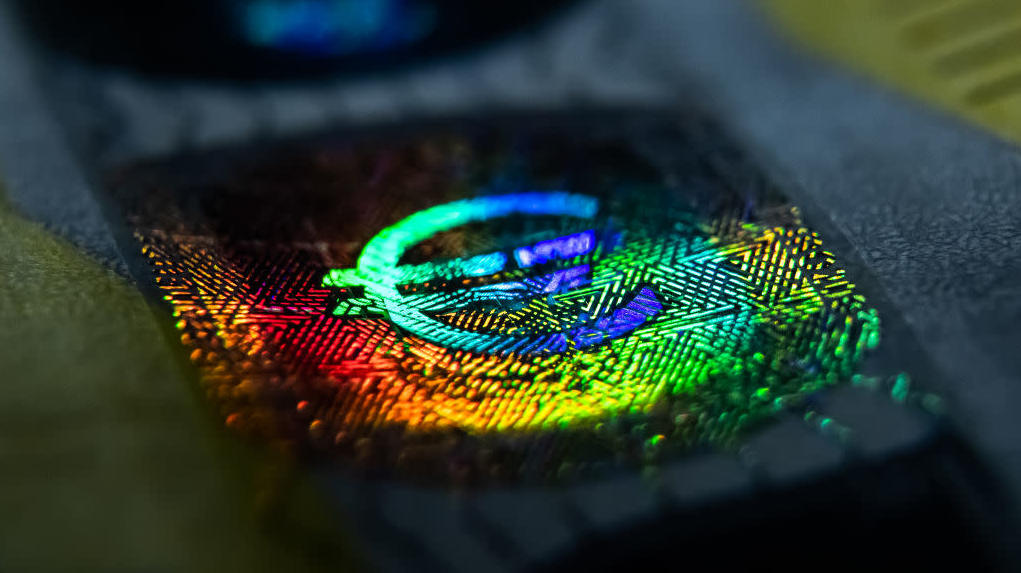We Might Be Able To Eat Holograms Someday Soon
Remember holograms? Back in the '80s, when I was a kid, holographic stickers were all the rage, at least at my school. They blew my mind. The illusion of depth, the color, the glitteriness of it all. Now that I'm about to turn 40, my enjoyment of holograms has been reduced to staring at the holographic eagle sticker on my credit card, reminding me of high interest rates and regret. Holograms have come a long way.
Sorry, that ended up being more depressing than I'd intended.
But, hark, there is interesting holographic news! The future is now, everyone. According to New Atlas, edible holograms may be decorating our food at some point in the not-too-distant future. And not just that: they might also be used as a measure of authenticating an item, to ensure that it is the real deal.
Scientists have already been able to make this happen with chocolate, but with some restrictions. It only worked with certain types of chocolates, and a new mold had to be created for each holographic design. Researchers at the United Arab Emirates' Khalifa University of Science moved in a different direction: printing holograms on dried films of consumable corn syrup solutions. They described the process in a paper published in the journal ACS Nano earlier this month.
They started out by mixing up corn syrup, vanilla, and water, then let the solution dry onto a film. Next, the film was coated with a synthetic black dye, and the dye was laser etched with a technique called laser interference patterning, leaving a series of nanoscale raised lines that formed a diffraction grating. As light passes through this grating, it bounces off the corn syrup and vanilla film underneath, refracting the light into that characteristic rainbow color pattern where the colors change with the viewing angle. We're talking science, baby!
Colors and intensity can be modified by adjusting the spaces between the nanoscale lines or by changing the sugar content of the film itself. Now these scientists are aiming to adapt the technology to use food-grade dye so they can indeed make edible holograms. That'll be fun. Hopefully we can get a bunch of futuristic flavors too.
